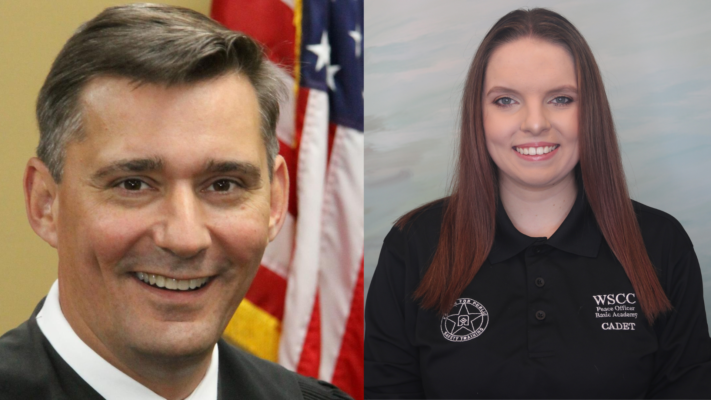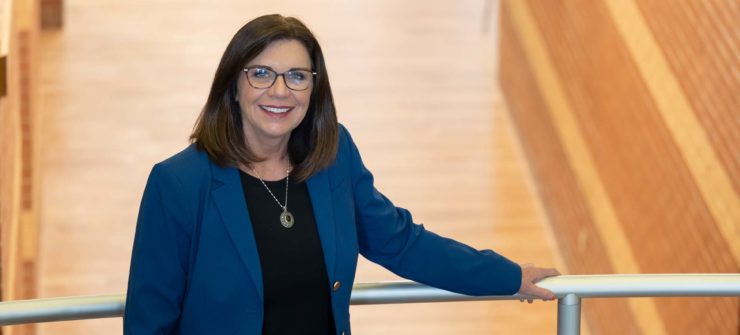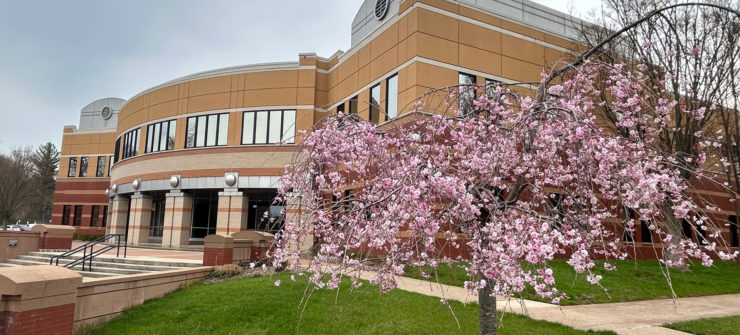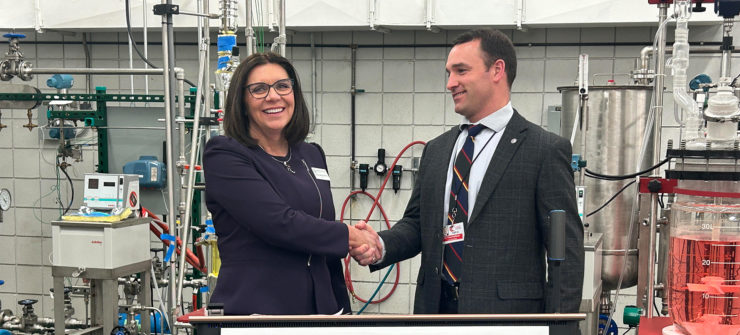MARIETTA, OHIO (September 13, 2019)— Washington State College of Ohio and students have found a comfortable rhythm, the staff and faculty celebrate the highest headcount since fall 2012.
WSCO has an 8-percent increase in enrollment from Fall 2018. While more than half of the student population are those students who are returning (58.4%), first-time student enrollment accounts for more than a third of enrollment (37.2%), with the remainder and 4.4-percent are transfer students. Additionally, West Virginia enrollment increased by 16-percent. The boost in those numbers is a direct result of the reciprocity initiative the college put into motion in Spring 2018 that allowed neighboring West Virginia county residents to attend WSCO at in-state tuition rates. The institution’s desire to eliminate a barrier resulted in WV students accounting for 15-percent of the total enrollment, which is up from 10-percent in 2017.
WSCO President Dr. Vicky Wood attributed the success to the institution’s steadfast commitment to student success and student access. College leadership, faculty, and staff have used these strategic priorities to guide decisions.
“We have had steady growth in our enrollment since Fall 2017, albeit in small increments,” Wood confirmed. “Seeing our numbers advance by 8-percent affirms we are offering the programs our students want and, more importantly, are relevant to industry workforce needs. We want our graduates to have a college certificate or degree and a lucrative career.”
As a result of WSCO’s student-centered approach to education, the college expanded student success services, starting with a redesign of the tutoring, early alerts, and learning resources, called Project TEAL. Wood described Project TEAL as a valuable tool designed to increase course completion and student retention. She went on to explain that the college has plans for further improvements that include the addition of a mental health counselor, who will provide critical support many students need.
Leading up to the start of the semester, the college expanded its dual enrollment courses by doubling its partners and adding eight new high schools, including Belpre, Caldwell, Eastern, River, Shenandoah, and Warren high schools as well as Veritas Academy and Mid-East Career & Technical Centers in Zanesville and Buffalo. Dual enrollment, part of Ohio’s College Credit Plus (CCP) program, allows high school students to take college courses at no cost to the student.
The college has also had a positive response to the newly established Nursing pathway, Education Advancement to Registered Nurse (EARN). This EARN program is designed so students earn and industry credentials that will help them secure a job in the nursing field after their first semester of college. Students in this program advance through the practical nursing program and the associate degree nursing program by attending WSCO classes two days a week so they can work in the healthcare field the other three days a week. This program was designed for the adult student who needs to work while attending college. Nursing is one of the most in-demand occupations in this region and WSCO graduates are in demand by local healthcare providers. Enrollment for the EARN program hit capacity with the first cohort, which began in August, and the demand is so great, they are already taking applications for the 2020-2021 academic year. The WSCO nursing programs are ranked #4 (Practical Nursing) and #5 (Registered Nursing) in the state.
Further complementing the growth, the college was recently ranked the #1 community college in Ohio, a position the institution has maintained for the past four years. The ranking appears on the 2019 Best and Worst Community Colleges list published by WalletHub, which examines American Association of Community Colleges member institutions throughout the US. Schools were evaluated based on three key areas including, cost and financing, education outcomes, and career outcomes.
“Certainly, we have the process in place to help our students advance, however, our success is truly found in our people,” Wood acknowledged. “Washington State has a tremendous asset in its amazing faculty and staff who are dedicated to helping our students and this institution be successful.”
Across the nation, enrollment growth is uncommon among two-year public institutions. Recently, the National Student Clearinghouse reported community colleges had a 3.4% drop in enrollment over the last year, a trend that has plagued two-year institutions since the recession of 2010.




